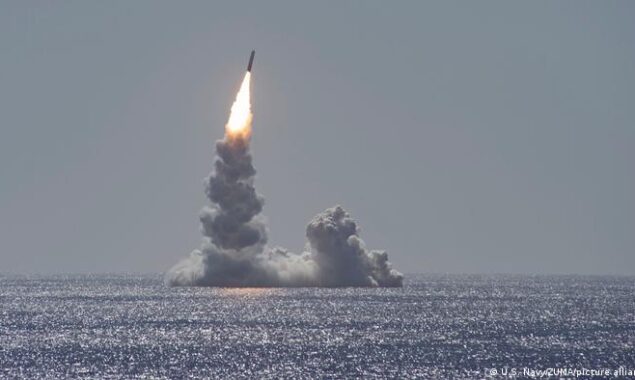
On February 24, the world watched with bated breath as Russian forces invaded Ukraine on President Vladimir Putin’s instructions.
“The danger of nuclear conflict, once inconceivable, is now once again within the range of possibility,” said United Nations Secretary-General Antonio Guterres on March 14.
According to the American Psychological Association, about 70% of Americans “are concerned that the invasion of Ukraine will lead to nuclear war, and that we are in the early stages of World War III.”
According to researchers, there are around 12,700 nuclear weapons scattered among nine nations, with the bulk held by the United States and Russia.
Nuclear attacks are extremely unlikely, according to researchers and government authorities.
“We are analysing President Putin’s instructions and see no cause to modify our own alert levels at this time,” White House press secretary Jen Psaki stated on Feb. 28.
“As long as these weapons exist, there is always the risk that they may be utilised,” said Alejandra Munoz, a project officer of the Dutch peace group PAX.
Researchers, scientists, and advocacy groups for risk reduction and nuclear disarmament have issued studies outlining what a hypothetical strike may look like and the long-term consequences for the earth and civilization.
Read More News On
Catch all the International News, Breaking News Event and Latest News Updates on The BOL News
Download The BOL News App to get the Daily News Update & Follow us on Google News.




